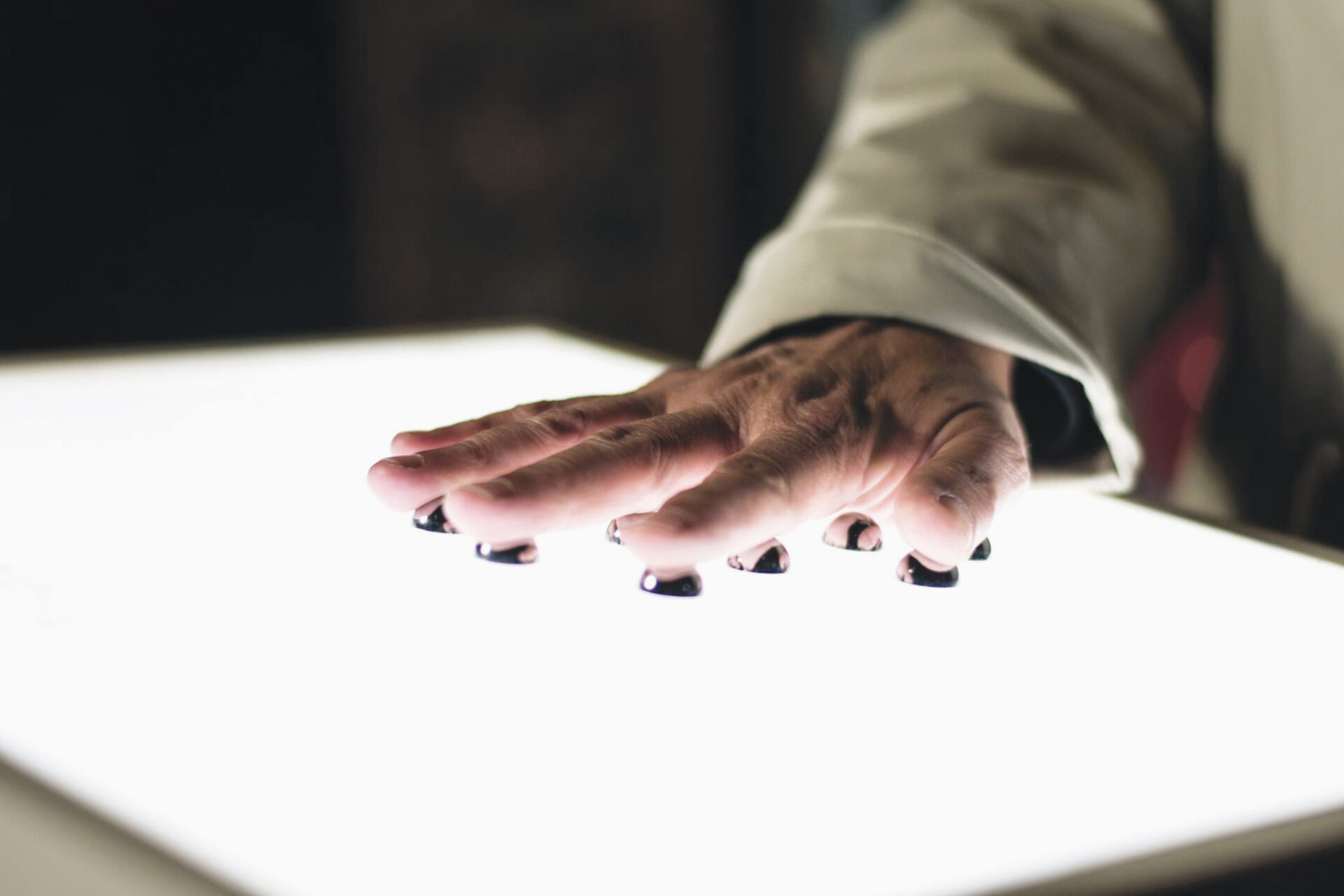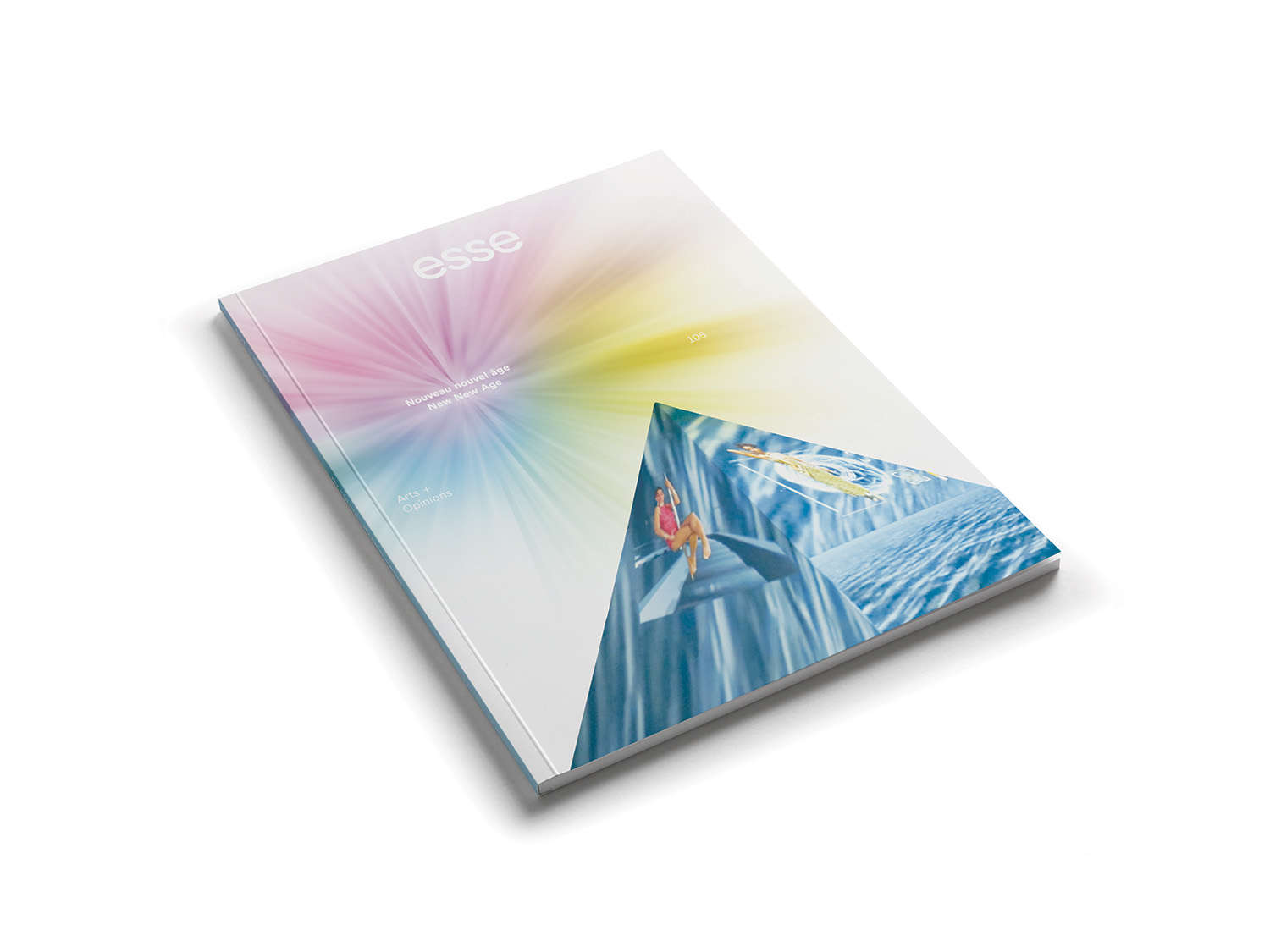
Correspondences and Undecidable Occult in Contemporary Art
However, beyond the ambient constitutive blur, another observation must be made: keeping in mind the tenuousness of belief in a contemporary context, in which the practice of the occult tends to be more casual than ardent, many artists indeed cast doubt on their own intentions, placing a relationship left hanging between belief and non-belief at the very heart of their work. Does artist Véronique Béland, whose work As We Are Blind (2016) consists of an aura sensor that translates spectators’ electrodermal information into auratic portraits and into musical scores transmitted live to a mechanical piano, believe in auras? And Benoît Pype’s Chutes libres (literally, “free falls”) (2013) takes the form of droplets of molten metal dropped into water, by which, following molybdomancy practice, the future may be read — does Pype believe in divination? These unanswered questions disturb by their very presence in an art world accustomed to taking a critical distance from the subject of belief, which is considered muddled and disquieting. How to perceive this presence of the occult in a context in which belief — the prerogative of the occult — remains a thorny issue, even if the theory of secularization is widely questioned.




